Common Mistakes in Pipe Support Installation
2025-06-26 17:55:24
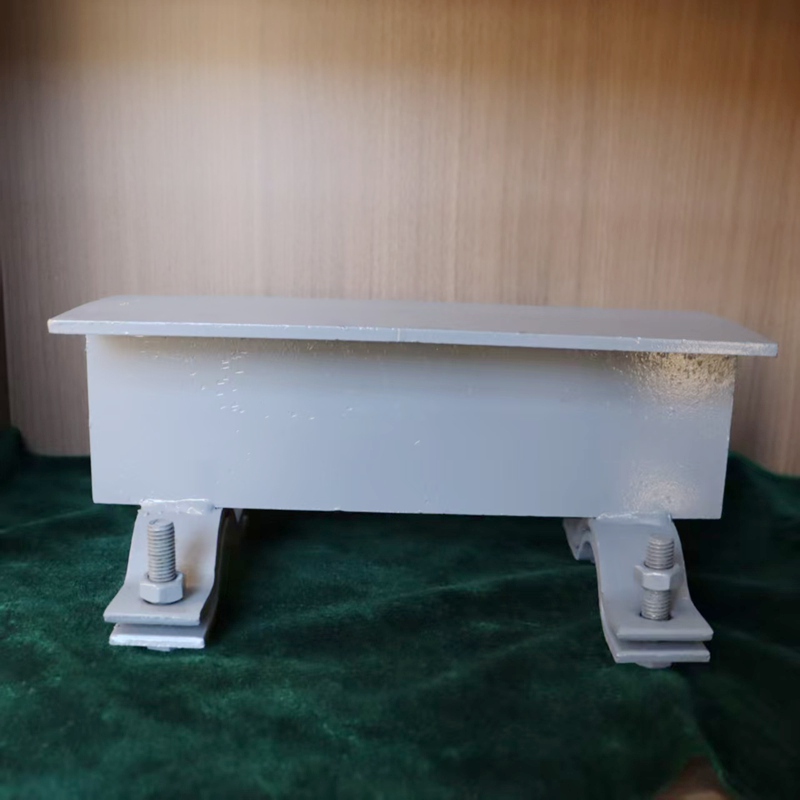
Common Mistakes in Pipe Support Installation
Proper installation of pipe supports is critical for ensuring structural integrity, maintaining alignment, and accommodating thermal movement. However, in real-world applications, several common errors can compromise the reliability and safety of piping systems:
1. Incorrect Support Location
Placing supports too far apart, too close, or at inappropriate points can lead to sagging, stress concentration, or unintended movement. This can cause pipe deformation or damage to joints and welds.
2. Ignoring Thermal Expansion
Failing to allow for pipe expansion and contraction can lead to excessive stress on the pipe and supports. Using only fixed supports in systems with thermal movement can result in cracking or component failure.
3. Loose or Insecure Anchorage
Supports not properly anchored to the structure, or installed with loose bolts or welds, can shift under load. This causes vibration, misalignment, and long-term fatigue damage.
4. Incorrect Support Elevation
Improper height adjustment of supports may alter the intended slope of the pipe, leading to drainage issues, pooling of liquids, or improper flow behavior.
5. Direct Metal-to-Metal Contact
Installing clamps or U-bolts directly on the pipe surface without padding can cause wear, noise, and corrosion, especially in vibrating systems.
6. Using the Wrong Type of Support
Selecting a fixed support where sliding or guided movement is required (or vice versa) restricts natural movement and increases mechanical stress.
7. Poor Welding or Fastening Practices
Inadequate welds or loose bolts on support brackets reduce the load-bearing capacity and can lead to premature failure during operation.
8. Improper Support Spacing
Failure to follow standard spacing guidelines, particularly on large or heavy pipes, results in pipe deflection and high bending stress.
9. Insufficient Support Strength
Using supports that are not rated for the pipe’s weight or service conditions can lead to deformation, collapse, or safety hazards.
10. Lack of Corrosion Protection
Skipping painting, galvanizing, or coating of support materials—especially in outdoor or humid environments—leads to rust, weakening the supports over time.
Conclusion:
Avoiding these common mistakes requires proper design, accurate installation, and routine inspection. A well-executed pipe support system ensures long-term safety, performance, and ease of maintenance in both industrial and building applications.
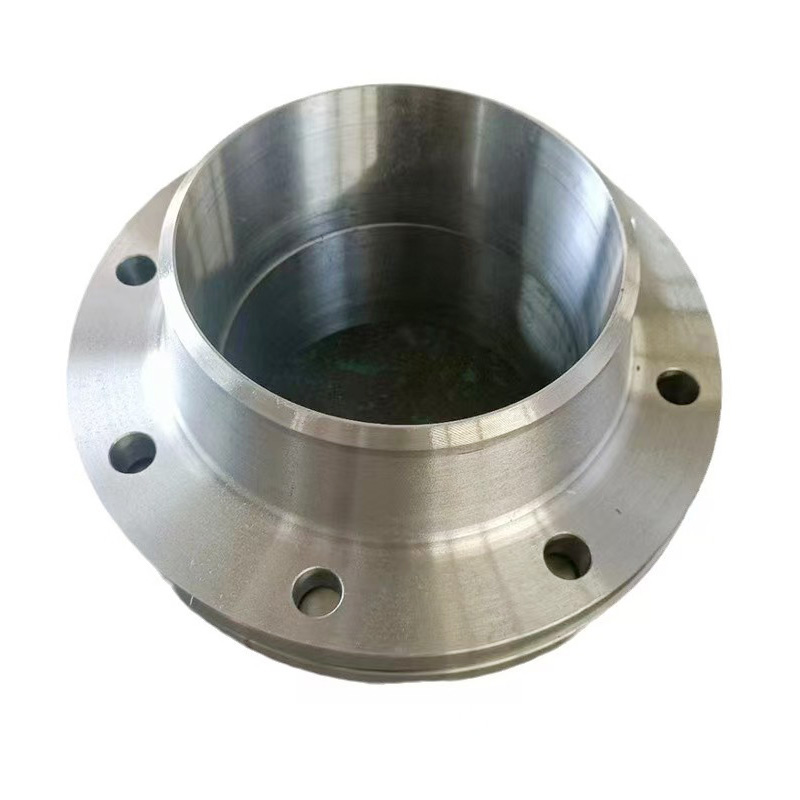
AWeld Neck Flange (WN Flange)is a type of piping flange designed to be welded to a pipe or ...
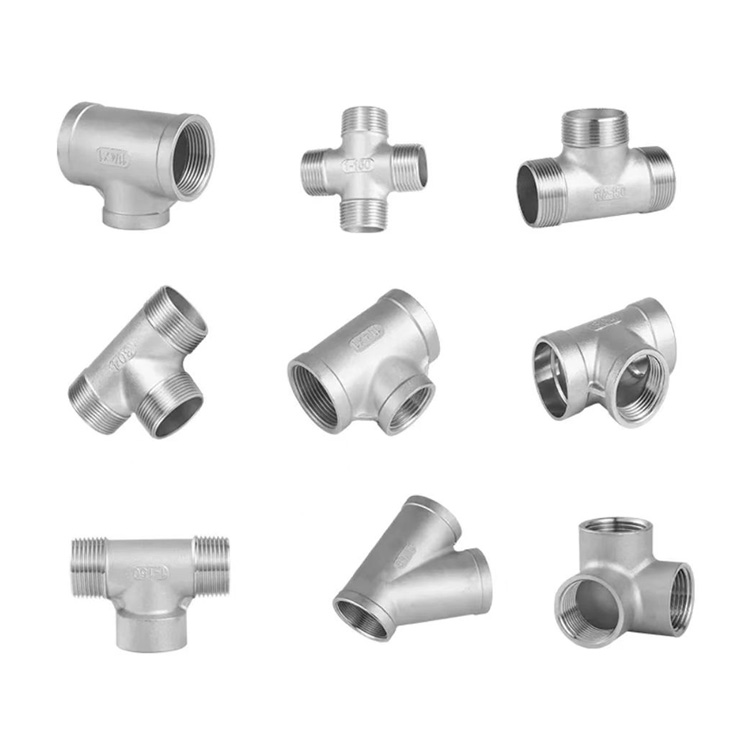
Socket fittings are essential components in piping systems, designed to connect, branch, or...
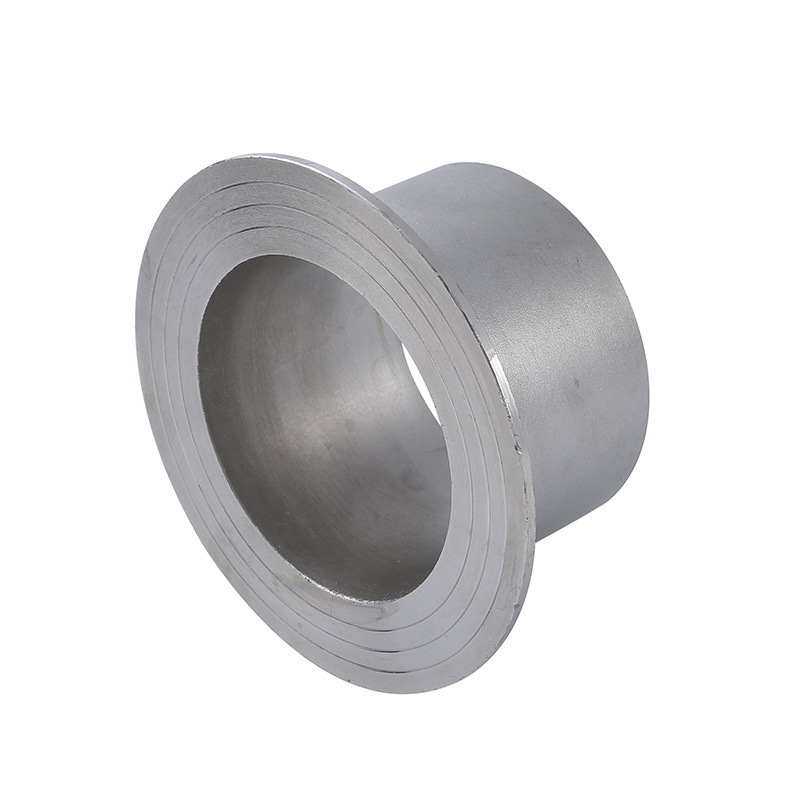
Welding ring is a commonly used metal ring component in pipeline connection or equipment do...
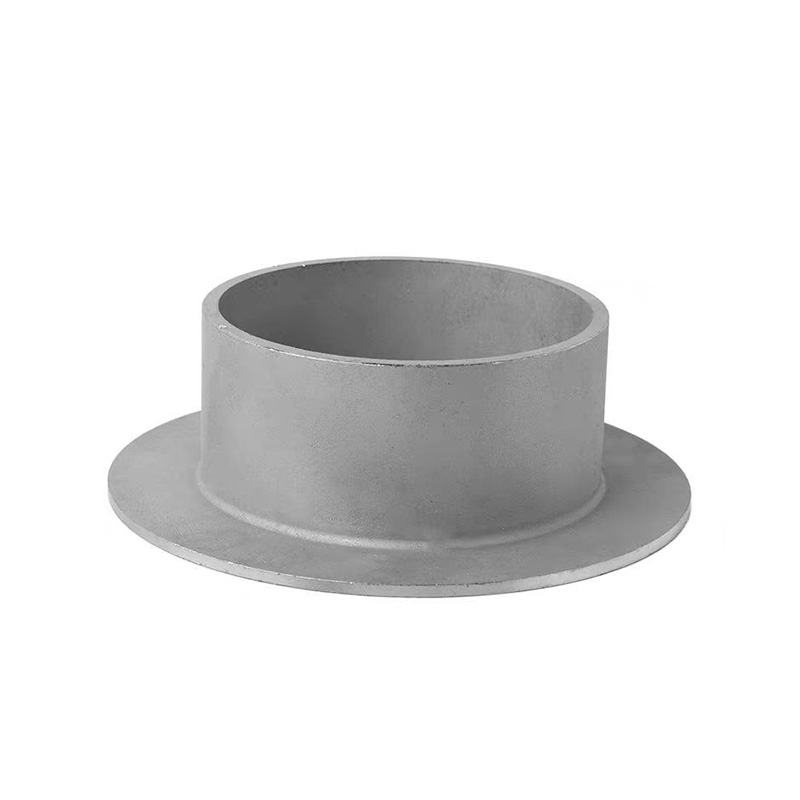
Welding ring is a pipe fitting used for pipeline connection. The following is its detailed ...






